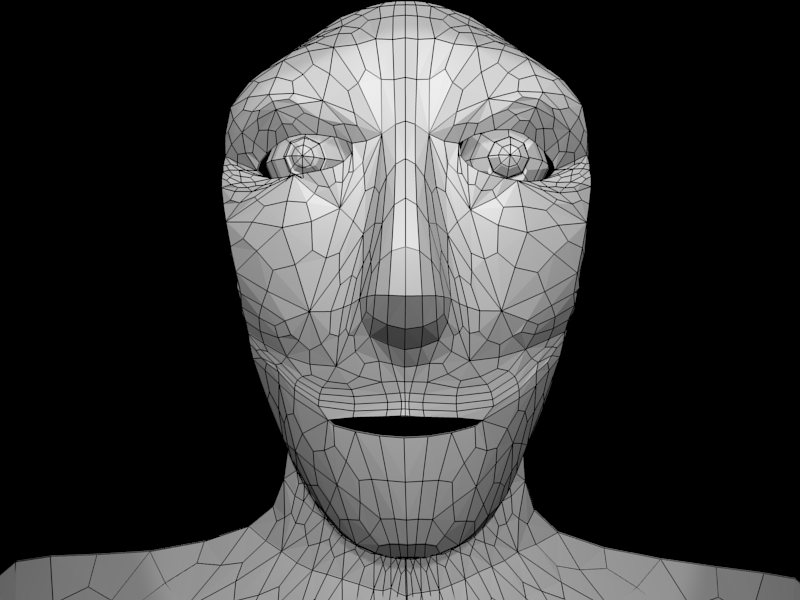 Submitted by ANTARA - Manager on
Submitted by ANTARA - Manager on

In 1931 the US Department of Commerce assigned Edward Dewey the task of discovering the cause and underlying dynamics of the Great Depression. Dewey created a special institute called the Foundation for the Study of Cycles that is still in existence.
The most interesting observation of Dewey is that Cycles restore themselves all the time and are connected by a Harmonic (“Musical”) Pattern. Dewey discovered that we cannot control the Cycles. Ups and downs are a fact of life.
The most researched Cycle in history by far is the Kondratiev-Cycle named after the Soviet economist Nikolai Kondratiev. The Kondratiev Cycle has a periodicity of 52 years.
The Kondratiev arises from the combination of basic innovations that launch technological revolutions that in turn create leading industrial or commercial sectors.
In the year 2000 the Kondratiev was at his top and is now in a decline that will take 26 years.
Currently we are in the Kondratiev Spring Phase. It is the time of what Schumpeter, a big fan of Kondratiev, called Creative Destruction.
The old structures are dying and the new structures that will start the new upward wave are created. It is a time of tremendous disruptions.
About the Software Factory
The last wave that started around 1950 was dominated by the rise of the centralized computer.
This computer was based on the factory-model of Henry Ford and Frederick Winslow Taylor of the previous wave.
Between 1950-2000 isolated creative programmers united in big software factories that are controlled by unified standardized methods and processes. Between 1950-2000 the programmers automated their own processes.
The methods are now transformed into standardized (BPML-) process-models that are abstracted into standardized (VDML-) business models that are filled with Industry-Models. An example is the ARTS-model that covers Retail.
Creative programmers are now replaced by creative business-modelers.
About the Next Wave, The Network of the Human Mind
On Christmas 1990 Tim Berners-Lee working at CERN published the first version of The World Wide Web. He launched the theme for the next wave, The Network.
From 1950 until 2000 the causal linear manual processes were automated but now the next level, the network of the human mind is at stake.
At the end of this wave around 2040 or much earlier as some people predict, the machines will imitate and surpass the human because they will unite in a global brain that can be connected to our Brains if we want that to happen.
At this moment we are creating the memory-banks of the Global Brain by producing billions of connected parts that contain complete human life’s, theories, music, movies, measurements and much more that we are now unable to imagine.
The Future Center Smart Systems will be launched, 23-4-2014 in the Hague.
To prepare for the interactive part of the meeting this document has been written to provide some Food for Thought.
What is a Future Center?
A Future Center is a place to connect and innovate. We want to create an environment that facilitates interaction and stimulates collaborative action. We want to support cross-innovation and make it possible to make new combinations. Last but not least we want you to challenge Science to produce valuable insights at the right time and the right place.
A Future Center is a Smart System. At this moment it is an interaction system that helps Humans to innovate. In the Future we wil automate the Future Center and automate the innovation-process itself.
What is a Smart System?
A Smart System looks like a human being. It is equipped with a Sensory-Motor-System, a Mind, Imagination and Emotions.
Smart Systems senses the outside (and his inside) world with much more sensors-types than the five sensors of his human look-a-like.
A Smart System is able to react very fast with its predefined processes on a event that is detected by its sensors.
A Smart System is an adaptable system. It is able to analyze and improve its behavior, communicate with a human being and other Smart Systems in an understandable way.
Smart Systems are there to compensate the human biases. Smart Systems are able to transform and optimize everything that contains some kind of structure.
Smart Systems can optimize software, data and content using software/data/text-mining, analyze patterns, predict the short and sometimes the long term.
Smart Systems are perfectly suited to provide the knowledge needed and answer the questions humans ask. They are able to train humans in an almost real situation using simulators.
Smart Systems can be fun to play with.
Or can they?
- 1335 reads